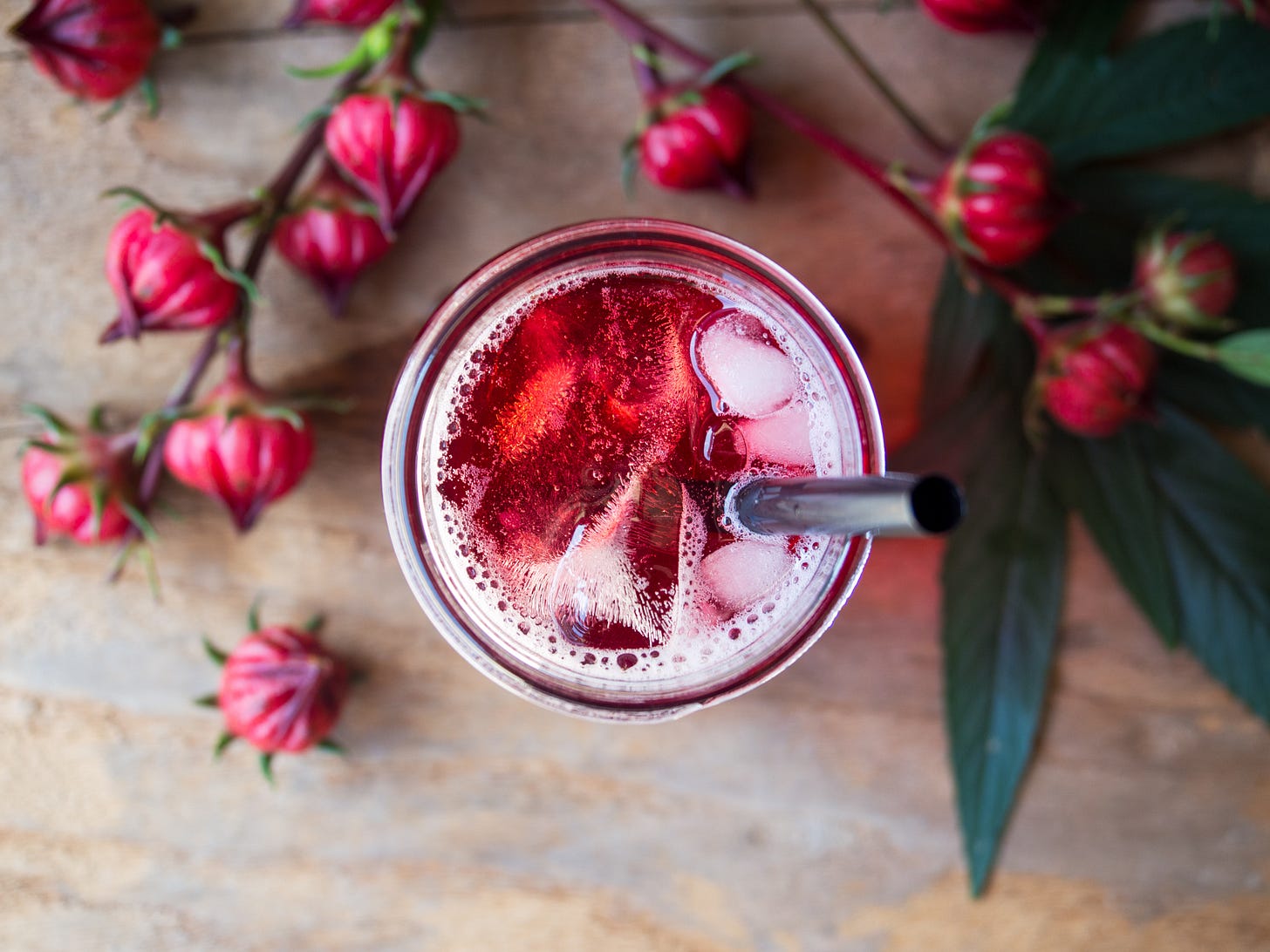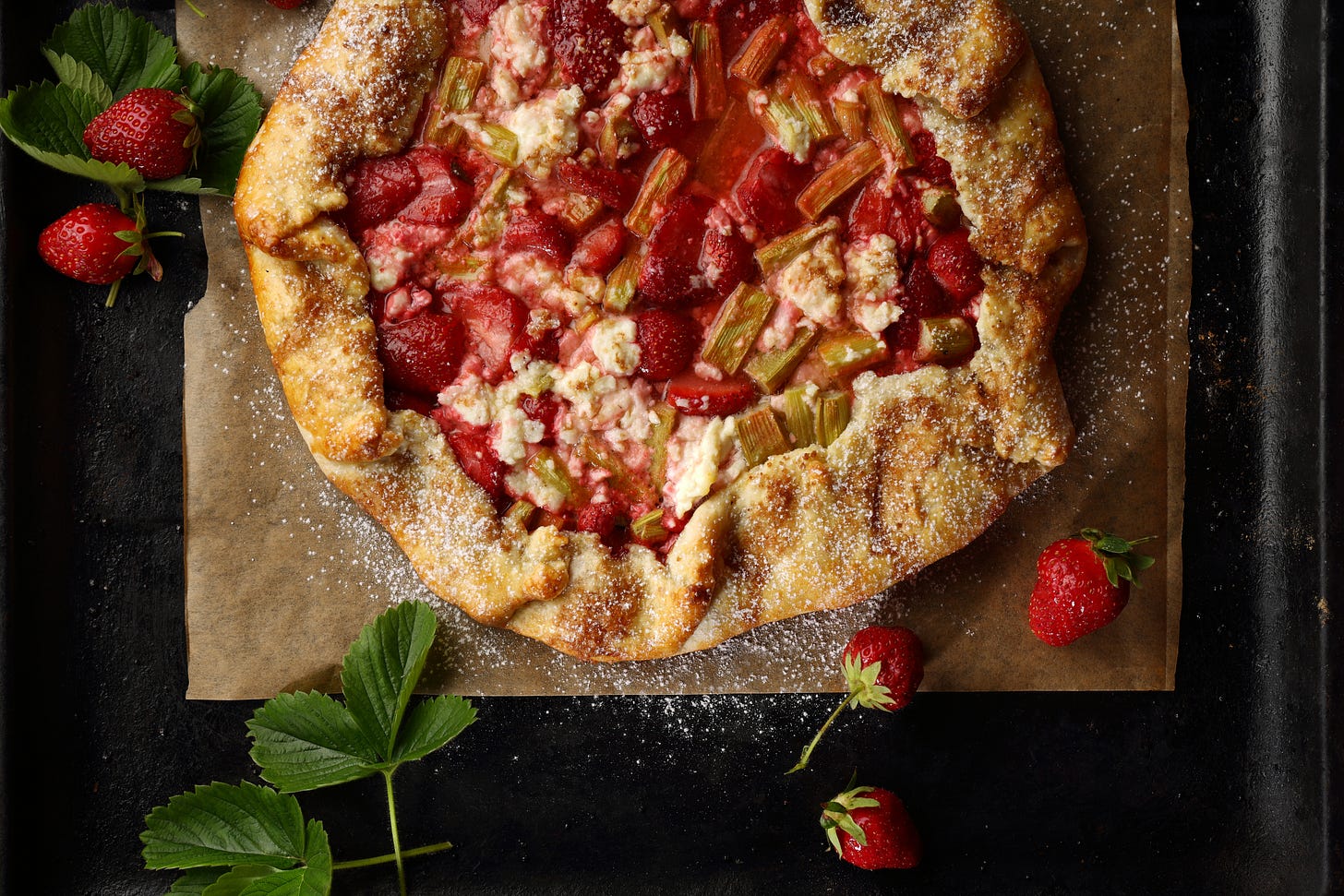Absolutely shocked to learn this week that some people didn’t realize the Aunt Jemima pancake syrup mascot was based in racist stereotypes. (And my Instagram poll showed that only about 78% of respondents knew the story.) Here’s my question: do you think Quaker Oats was moved to change it because of this piece from The Onion last week? I wouldn’t be surprised.
In self-promotion news, I was interviewed by The Takeout on the topic of pandemics changing the way we eat. Come for banana bread humor, stay for me yelling about Catholic rites.
Are you doing anything to observe Juneteenth this year? Tell us here!
Are we connected elsewhere? Say hi on: Instagram | Twitter | Facebook
Please forward Smart Mouth to someone who likes reading about food!

Juneteenth: The Gravitas and Joy of Tea Cakes and Red Drink
Lee Jordan, Minnesota state and regional director for National Juneteenth, an organization that has lobbied for decades to make Juneteenth a federal holiday, is a descendant of Arizona cotton pickers who now resides in Minneapolis, a place of unrest and the host city of one of the country’s largest Juneteenth celebrations.
The events and festivities will be virtual this year, but it will suffice now, at a time when we - black folk - need some affirmation of our lives.

Photo: Simone Faure
Jordan says that Juneteenth is not Juneteenth without tea cakes: the southern variety important in the 1800s to the enslaved and formerly enslaved.
Tea cakes are treats, more like a cookie, once interpreted by black southern women to include whatever ingredients were available; the versions they baked for their white mistresses used expensive ingredients.
“And you need something red to drink,” Jordan adds. This is serious business. Red drink and tea cakes.
To understand anything at all about Juneteenth, the Texas-based holiday and observance, one needs to understand its history. The enslaved people who received word of their emancipation in Galveston on June 19, 1865 were the victims of more than one bureaucratic technicality, not to mention the indignity of being human and yet property. Robert E. Lee had to surrender, and Texas had to concede to the Union, in order for them to receive the right to be free, a right other enslaved people around the country received on January 1, 1863. On June 19, 1865, we, as a people, were all free. As Fannie Lou Hamer said, “Nobody’s free until everybody’s free.”
The celebration on that day was quite different from what would follow and ultimately be formalized as “Juneteenth.” People were happy to have the ability to reunite with family in other parts of Texas and the country, and as was once put to me, “They were happy to get the hell away from the people who enjoyed their free labor.”

The first formal celebration of June 19, 1865 was a year later in Galveston and called “Jubilee Day” after the Old Testament celebration of restoration and liberation. By the 1880s, Jubilee Day merged with Juneteenth, which is what the celebration was called in other parts of the state. Festivities could be highbrow, where people wore their finest, or low-key, as in churchyard gatherings or communal meals and barbecues in parks - the parks either owned by black people or parks that admitted blacks only on special occasions. Juneteenth spread as black people migrated throughout the United States, and where they went the food traditions followed.
Like those tea cakes and red drink. Simone Faure, a chef who observes Juneteenth at her patisserie in St. Louis, says that Juneteenth food was about having the freedom to eat what you want, especially after generations of eating whatever was available (and was sometimes forbidden). Eating tea cakes once baked for masters and mistresses was symbolic for the newly freed people, who could now use some of the same ingredients found in their mistresses’ pantries.
“Red drink” was something the enslaved of Galveston had enjoyed in the form of hibiscus tea; it was most likely brought to the United States by way of the Caribbean and West Africa, where sorrel, or bissap, was a staple. The hibiscus syrup is aromatic and delicious when sweetened with sugar or honey.

Photo: Lisa Nottingham/Flickr
Menus will be different from location to location. But a Juneteenth feast will always have something red for the bloodshed of enslaved ancestors; “prosperity” foods (the dishes African Americans have eaten on New Year’s Eve for centuries) to attract money and security like black-eyed peas, collard greens and pork; and desserts such as strawberry-rhubarb pie, sweet potato pie, and banana pudding to remind one that life provides some sweetness. One recent Juneteenth event in D.C. featuring chef Carla Hall served dishes reminiscent of what was eaten at early Juneteenth events. Hall provided the food history and the chefs interpreted it in the form of seafood from Maryland’s Eastern Shore, pork tenderloin over collard greens, black-eyed peas and puréed sweet potatoes, and a savory-sweet watermelon salad.
Juneteenth was the ancestors’ way of asserting that Black Lives Matter. Every bite and sip an affirmation of life, and a nod to the hard journey of a people finally free.🩸
If you wish to learn more about Juneteenth or plan your own observance at home, these are a few of Robin’s favorite resources:
Smithsonian General Secretary and Founding Director of the National Museum of African American History and Culture, Lonnie Bunch, explains Juneteenth [Video]
Many Rivers to Cross: What is Juneteenth?
NMAAHC: The Historical Legacy of Juneteenth
Gastro Obscura: How Red Food and Drink Jointed the Juneteenth Feast
This newsletter is edited by Katherine Spiers, host of the podcast Smart Mouth.
A TableCakes Production.
Want to contribute to this newsletter? Here are the submission guidelines.



